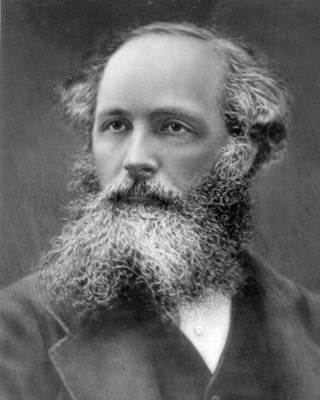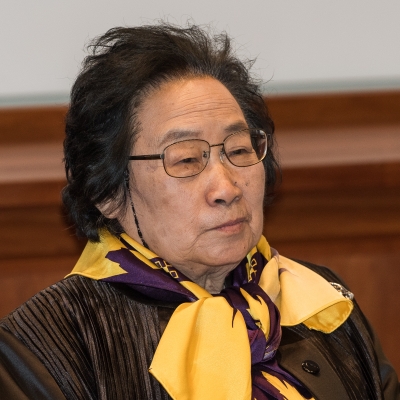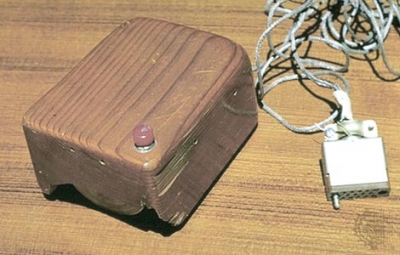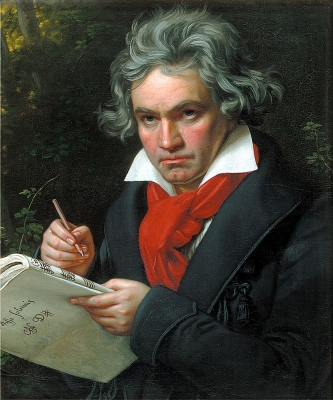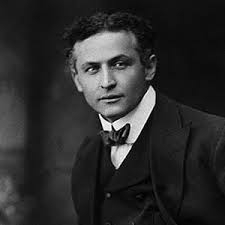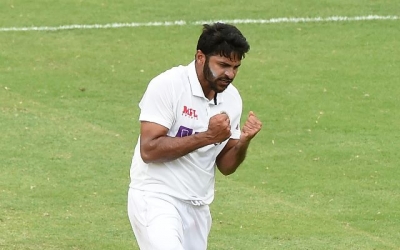
Ambi Subramaniam is such a master fiddler that it is nearly impossible to choose his best fiddling performance. The breakneck speed with which he plays, sometimes simple and at times powerful, leaves the listener breathless, it's so intense. The Bangalore-based 29-year-old Ambi is very down-to earth, simple and just like any Gen X youngster, until he picks up his violin.
Hailed as "India's Itzhak Pearlman" by Ozy Magazine, Ambi has been trained by his father and guru Dr L. Subramaniam since he was three years old. He gave his first public performance at the age of seven. He received the Ritz Icon Annual Award, the Rotary Youth Award, two GIMAs (Global Indian Music Award for Best Fusion Album and Best Carnatic Instrumental Album) and Big Indian Music Award (Best Carnatic Album). In 2007, he released his first album and two years later he received a Golden Violin from Sri Jayendra Saraswati.
Ambi also co-wrote India's first series of textbooks for teaching the Indian violin.
Ambi has performed extensively with his family and collaborated with Larry Coryell, Ernie Watts, Corky Siegel, Shankar Mahadevan and many others. His first album, released in 2007 when he was just 16, won both BIMA (The British Interactive Media Association, which annually gives British awards for excellence in the digital world) and GIMA (Global Indian Music Academy Award), Ambi is truly "the new king of Indian classical violin".
Ambi and his sister Bindu manage the Subramaniam Academy of Performing Arts (SaPa) in the field of music education, with the aim of creating a music ecosystem to teach students not only Indian music but also global music, and trying to make sure that students have access to some of the best musicians around the world. The duo is also part of the contemporary world music band SubraMania, a space to collaborate with different artists.
In a freewheeling interview with Verus Ferreira, Ambi shares his story.
Let's start at the beginning. At what age did you take up learning the violin?
I started learning the violin when I was three years old, and that time you had smaller violins. I think it didn't really start formally, like somebody going to a class, or sitting down in front of a teacher and taking lessons. My dad obviously was playing a lot of music at home, practising and perfecting that kind of thing. I think it started very informally where I had the violin in my hand and I would try and imitate what my dad was doing. Of course, it became a bit formal once I started enjoying the instrument. Then my brother, my sister and I learnt to sing, how to play the piano; we learnt Carnatic and western violin.
What would you say your style of music is?
It's a very interesting question. Like I mentioned, we learnt a lot of different things, because for me I tried to be as versatile as I could. That means, sometimes you don't want to label all that you are doing, and you keep trying different styles so you can keep growing. Of course, I was initially taught Carnatic music and western classical music. When I played with my mom, Kavita Krishnamurthy, that would be a complete Bollywood set. Then it was a challenge for me to figure out how I would play in those situations to suit that style of music, or suddenly if I am in a situation when I am with a set of musicians. For example, in Spain playing Flamenco music, how to bring out my individuality. I'd play something that suits that style of music. But I think style is something that keeps evolving.
Do you still learn from your father, L. Subramaniam?
Of course, I think there is so much to learn from both my parents, and I think my dad is just incredible, obviously not only in terms of his musical skills and him being a legendary musician, but there are so many things that you learn from him as a person as well, so that he never stops. He would play phrases and I would try to repeat, and then there was a stage where we were performing a lot together. I learnt a lot by playing with him onstage and now the way I learnt is very different. So sometimes he will hear a piece I have done and he will give me feedback. That learning process is always there, but the way you learn changes over time.
Do you also sing and play the piano?
Yes, I do enjoy singing and playing the piano a lot, think, you have to make a choice if you want to really go deep into anything. I do sing and play the piano, but it's mostly for myself.
When did you first start your concert playing?
I think the first time I was on stage was when I was six years old when my brother and I were singing for something. My first violin performance was when I was seven and I think it is very important to have very positive experiences when you are on stage. When I say that, it's completely different from being skilful on stage. I'm sure I wasn't that great at age seven, but I went on stage and came off the stage feeling very good. I think that was very important for me, because from that age 1 enjoyed going on stage because of that.
Is the violin you play different from violins played in Carnatic music?
I play a five-string violin. Normally violins have four strings; there's an extra string at the bottom which is the viola string, and it gives a bigger range, but that also makes it harder to play. Apart from that, the violin is very similar; it also has an electric pick up.
What brand of violin do you use?
There are many violins that are made in India, and it's really nice to see the violin skill-making really improving in India in the last decade or two. It's something that hasn't traditionally been made in India. I use a violin from the U.S. I generally try not to use too many violins, unlike a guitar, as a violin doesn't have frets like a guitar, so every violin has its own uniqueness, it has its own challenges as well. For example, if I pick up a new violin, the spacing will be completely different. So all of sudden if I try to play the same way that I play on my current violin, it would be completely out of tune.
Who are your music idols?
There are a number of them. There are many violinists like Israeli violinist Maxim Vengerov, Joshua Heifetz who are incredible violinists. I also take inspiration from a lot of composers because a big part of what I do is composition.
What are your plans for the year 2022?
I hope by then we would be able to have some more live performances. I think given the situation in the last two years, we've been extremely lucky and we've been able to make studio work, make a lot of albums, and I think that process will continue. But I think for the entire music industry and for music in general, it would be great if we can open up once things are safer.
Well, to be honest, I really enjoy cricket as well and I had a flair for Maths, so probably, I would've been a cricket statistician or something like that.
Your message to the readers of The Teenager Today
What anybody does, whether it's music or anything else, it's good to keep working on skills that interest you, even if you think that this doesn't go with something else that you also like. One thing that we always talk about at SaPa is that you don't have to be just in one thing. We have a lot of very talented kids who are interested in coding and also in music. They also like doing music, but they also like painting or design. It's very nice to pursue all these things that you like. None of us know what jobs are going to exist in five, ten or fifteen years, so you could be creating something special, and at some point of time you'll be having skill sets that other people don't have.
Credit : Verus Ferreira (The Teenager Today)
Picture Credit : Google

